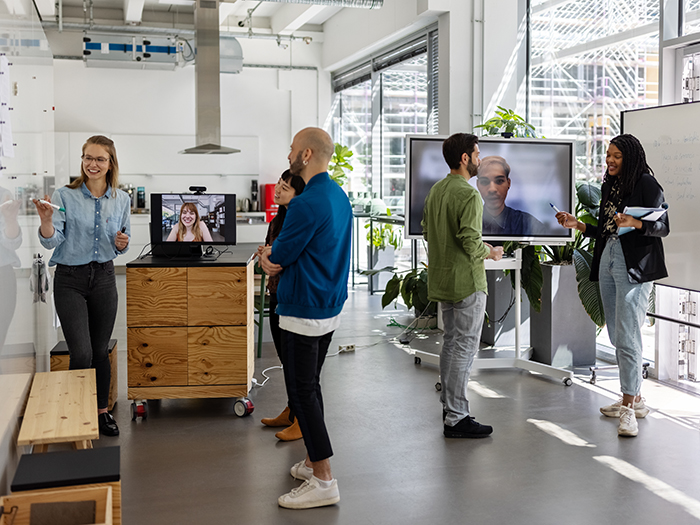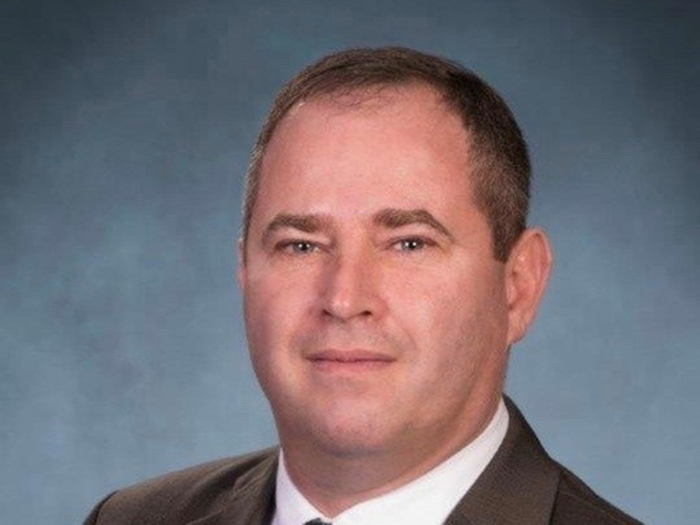National Comp 2021 Keynote Highlights the Workforce Challenges and Solutions that Shaped Organizations During COVID

The workers’ comp industry has entered a new avenue of work in its entirety, brought on by the impact of COVID-19.
Workplace challenges have been dutifully noted and emphasized since the beginning of the sudden remote work implementation in March of 2020.
And while challenges have certainly been pushed to the forefront, they’ve also allowed organizations to craft incredible solutions that will benefit their workforces long after the pandemic.
This was the topic of the keynote session at 2021’s National Comp conference, being hosted in-person this year in Las Vegas.
The session, titled “How We Start Today to Better Lead the Workforce of Tomorrow,” delved in to the troubles that organizations have experienced since COVID-19’s onset and how they can utilize these experiences to cultivate a more intentional and positive work environment.
Dan Reynolds, editor-in-chief of Risk & Insurance®, was joined by four executives: Andrea Buhl, president of managed care at Sedgwick, Denise Algire, director of Risk Initiatives & national medical director of Albertsons Companies, Michael Combs, president and CEO of CorVel Corporation and Tom Veale, president of TRISTAR Insurance Group.
Remote Work’s Challenges
Undoubtedly, one of the most prominent issues organizations faced at the beginning of the pandemic was the abrupt shift to remote work. This coincided with another key challenge: promoting connectiveness.
“Two years ago, we were debating the merits of an open office in the context of onboarding new people and bringing them into our culture, which is now a different calculus when the workforce is removed,” said Combs.
“Being intentional in how you do that and changing the approach to be able to bring them in effectively requires quite some change in the process,” he said.
Other concerns organizations faced were the now center-stage issue of cybersecurity, flexible work hours and schedules, and training managers to proactively lead a remote workforce.
“It’s been extremely important in the remote era to ensure that managers and leaders have the skills necessary to be good leaders,” said Buhl.
“It’s one thing to sit through a training session or to attend a leadership conference, it’s another to actually implement what you’ve learned.”
Buhl then said that effective leadership is supported by three entities: visibility, connection, and communication.
It’s also imperative for organizations to recognize employee burnout, especially living and working within such a high-stress time.
Again, Buhl stressed that leaders must acknowledge their employees’ struggles during the unprecedented moment we’re experiencing. Algire also noted that vulnerability from leaders is key.
Noting Positive Takeaways
Many can attest to the fact that the pandemic has changed the way organizations work forever. On a positive note, organizations have placed a higher emphasis on employee safety.
“If we’re looking for a silver lining in this pandemic, it would definitely [be] that safety is [now] front and center,” Algire said. “[The pandemic] has required a level of engagement from a bottom-up and a top-down approach.”
Included in employee safety is making sure workers have access to mental health tools and resources.
Organizations, like Albertsons Companies, utilize what Algire called “multi-channel tools” which employees can use when experiencing anxiety, depression, or stress.
Tools like these have been used at a higher frequency over the last 18 months and are likely to be used in some capacity in the future.










